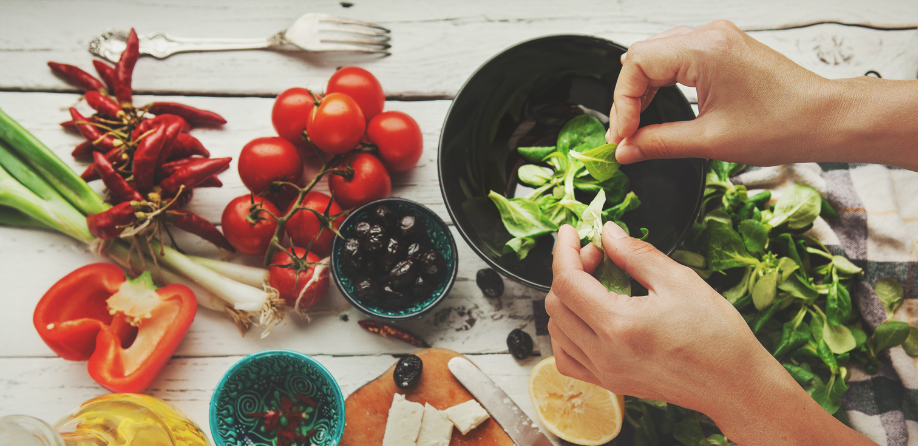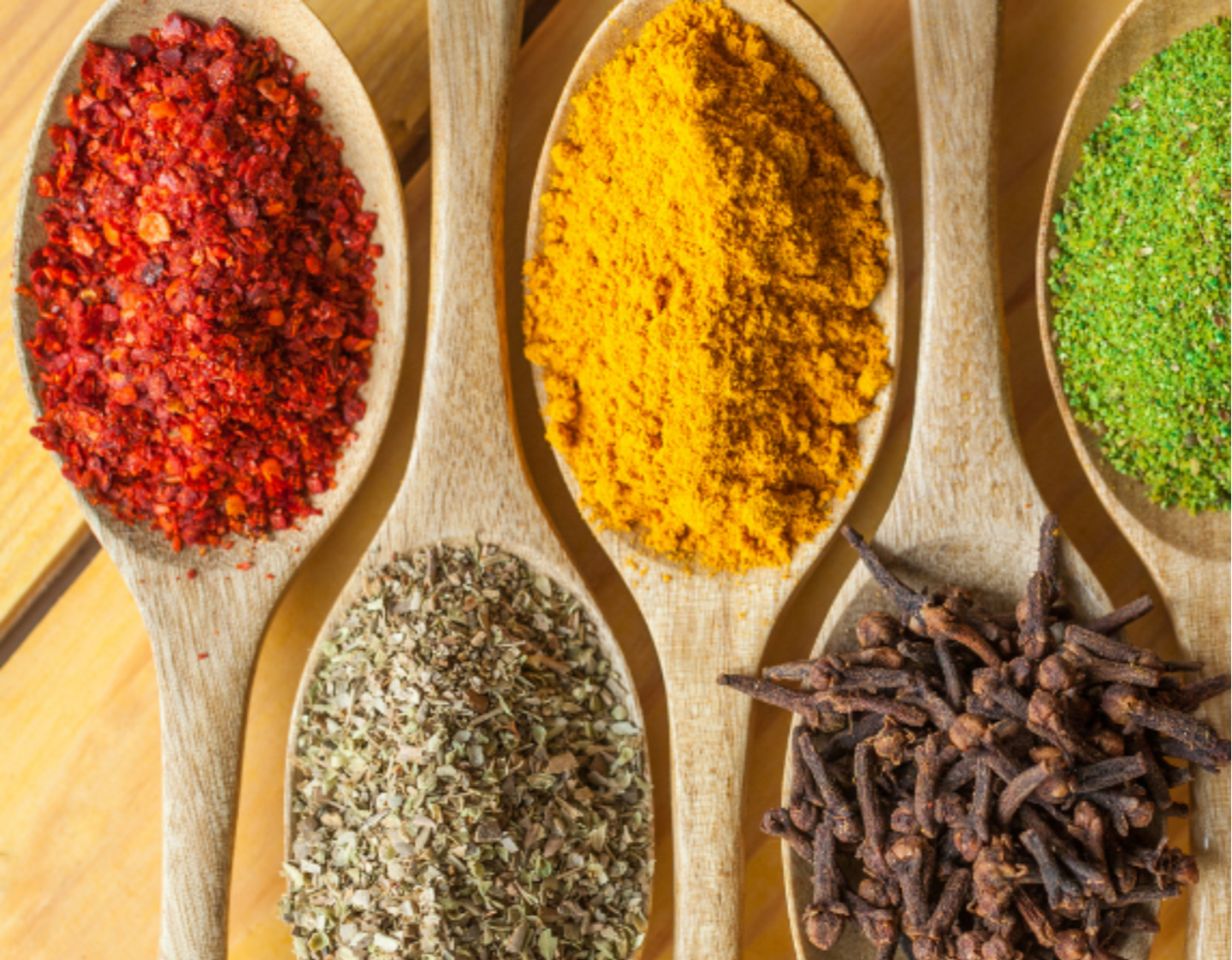.png)
There are a wide variety of cuisines you could work in while doing hospitality in the UK. Some of the most popular cuisines include:
British cuisine: British cuisine is the traditional cuisine of the UK, and includes dishes like fish and chips, roast beef, and shepherd's pie.
Italian cuisine: Italian cuisine is hugely popular in the UK, and includes dishes like pasta, pizza, and risotto.
French cuisine: French cuisine is known for its elegance and sophistication, and includes dishes like coq au vin, escargots, and bouillabaisse.
Indian cuisine: Indian cuisine is hugely popular in the UK, and includes dishes like curry, biryani, and tandoori chicken.
Chinese cuisine: Chinese cuisine is also popular in the UK, and includes dishes like sweet and sour chicken, chow mein, and dumplings.
Japanese cuisine: Japanese cuisine has become increasingly popular in the UK in recent years, and includes dishes like sushi, sashimi, and ramen.
Mexican cuisine: Mexican cuisine is known for its spicy and flavourful dishes, and includes dishes like tacos, enchiladas, and guacamole.
Middle Eastern cuisine: Middle Eastern cuisine includes dishes like falafel, hummus, and kebabs, and is becoming increasingly popular in the UK.
Thai cuisine: Thai cuisine is known for its spicy and aromatic dishes, and includes dishes like green curry, Pad Thai, and tom yum soup.
Spanish cuisine: Spanish cuisine is known for its tapas, paella, and chorizo, and is also popular in the UK.
These are just a few examples of the many cuisines you could work in while doing hospitality in the UK.
What are some of the more popular cuisines in the UK?
The UK has a diverse and multicultural food scene, with a wide variety of cuisines available. Some of the more popular cuisines in the UK include:
Indian cuisine: Indian food is incredibly popular in the UK, with dishes like curry, samosas, and naan breads being enjoyed by millions.
Italian cuisine: Italian food is also a firm favourite in the UK, with dishes like pizza, pasta, and risotto being widely available.
Chinese cuisine: Chinese food has been popular in the UK for many years, with dishes like sweet and sour chicken, chow mein, and spring rolls being enjoyed by many.
Mexican cuisine: Mexican food has become increasingly popular in the UK in recent years, with dishes like tacos, burritos, and enchiladas being widely available.
Thai cuisine: Thai food is also a popular choice in the UK, with dishes like green curry, Pad Thai, and tom yum soup being enjoyed by many.
Japanese cuisine: Japanese food has also become more popular in the UK, with dishes like sushi, sashimi, and ramen being widely available.
Middle Eastern cuisine: Middle Eastern food is gaining popularity in the UK, with dishes like falafel, hummus, and shawarma becoming more widely available.
American cuisine: American food is also popular in the UK, with dishes like burgers, hot dogs, and BBQ ribs being enjoyed by many.
These are just a few examples of the many popular cuisines in the UK. The country's multicultural food scene means that there is something to suit every taste and preference.
A chef from a traditionally English background could transition to working in one of these cuisines. While each cuisine has its own unique characteristics, many cooking techniques and ingredients are shared across different cuisines, and a skilled chef with a good understanding of culinary fundamentals could learn to cook a range of different dishes.
However, it's important to note that transitioning to a new cuisine would require a willingness to learn and adapt, as well as a deep respect for the cultural and culinary traditions that underpin the cuisine in question. It's also likely that the chef would need to undergo additional training or gain experience working in a restaurant or kitchen that specializes in the new cuisine.
Ultimately, a chef with a passion for food and a willingness to learn could successfully transition to working in a range of different cuisines, including those that are not traditionally associated with English cuisine.
What are some of the best cooking techniques to know to easily switch between cuisines?
There are several cooking techniques that are fundamental and can be applied across different cuisines, making it easier to switch between them. Some of these techniques include:
Sautéing: Sautéing is a quick cooking method that involves cooking small pieces of food over high heat in a small amount of oil or butter. This technique is used in many cuisines to cook vegetables, meats, and seafood.
Grilling: Grilling is a dry heat cooking method that involves cooking food over an open flame or on a hot surface. Grilling is used in many cuisines to cook meats, seafood, and vegetables.
Roasting: Roasting involves cooking food in an oven or over an open flame until it is tender and cooked through. Roasting is used in many cuisines to cook meats, poultry, and vegetables.
Braising: Braising involves cooking food slowly in a small amount of liquid, usually in a covered pot, until it is tender and flavourful. Braising is used in many cuisines to cook meats, poultry, and vegetables.
Stir-frying: Stir-frying is a quick cooking method that involves cooking small pieces of food over high heat in a small amount of oil or butter. This technique is used in many Asian cuisines to cook vegetables, meats, and seafood.
Baking: Baking involves cooking food in an oven until it is tender and cooked through. This technique is used in many cuisines to cook bread, pastries, and desserts.
By learning these fundamental cooking techniques and understanding how they can be applied across different cuisines, chefs can develop the skills and knowledge needed to switch between different cuisines more easily. Additionally, learning about the specific ingredients and flavours that are characteristic of different cuisines can also help chefs to successfully transition between them.
The cooking techniques I mentioned are useful for switching between cuisines because they are versatile and can be adapted to different types of ingredients and flavours. Here's why each of these techniques is particularly useful:
Sautéing: Sautéing is a useful technique because it quickly cooks ingredients over high heat, which allows for flavours to be developed and for ingredients to maintain their texture. This technique can be used to cook a wide range of ingredients, such as vegetables, meats, and seafood, making it a versatile technique that can be used in many different cuisines.
Grilling: Grilling is a great technique for cooking meat, fish, and vegetables because it imparts a smoky flavour and crispy texture. This technique can be used in many different cuisines, including American, Mediterranean, and Middle Eastern.
Roasting: Roasting is a technique that is useful for cooking ingredients slowly and evenly, which allows for flavours to develop and for ingredients to become tender. This technique is often used in Western cuisines but can also be used in Middle Eastern and Indian cuisines.
Braising: Braising is a technique that is useful for cooking tougher cuts of meat or ingredients that require a longer cooking time. By cooking ingredients slowly in a small amount of liquid, braising allows for flavours to develop and for ingredients to become tender. This technique is often used in European cuisines but can also be used in Middle Eastern and Indian cuisines.
Stir-frying: Stir-frying is a technique that is useful for quickly cooking ingredients over high heat, while maintaining their texture and flavour. This technique is often used in Asian cuisines, such as Chinese and Thai.
Baking: Baking is a versatile technique that can be used to cook a wide range of dishes, from bread and pastries to casseroles and desserts. This technique is often used in Western cuisines but can also be used in Middle Eastern and Indian cuisines.
By learning these fundamental cooking techniques and how they can be applied in different cuisines, chefs can develop a versatile skillset that allows them to switch between different types of cuisine with greater ease. Additionally, understanding the specific ingredients and flavours that are characteristic of different cuisines can also help chefs to successfully transition between them.
Which of these cuisines are most adaptable for fine dining?
Many cuisines are adaptable for fine dining, and the choice will depend on the style of the restaurant and the preferences of the chef. However, here are some cuisines that are often associated with fine dining:
French cuisine: French cuisine is often considered the gold standard for fine dining due to its emphasis on technique, presentation, and use of high-quality ingredients. French fine dining often features dishes such as foie gras, escargot, and lobster bisque, and is known for its use of rich sauces, delicate pastries, and elegant plating.
Italian cuisine: Italian cuisine is another popular choice for fine dining due to its focus on fresh ingredients, simple flavours, and rustic yet elegant presentation. Italian fine dining often features dishes such as fresh pasta, truffles, and high-quality meats and cheeses, and is known for its use of olive oil, fresh herbs, and regional specialties.
Japanese cuisine: Japanese cuisine is known for its precision, simplicity, and emphasis on the natural flavours of high-quality ingredients. Japanese fine dining often features dishes such as sushi, sashimi, and wagyu beef, and is known for its use of delicate seasonings, pristine presentation, and attention to detail.
Modernist cuisine: Modernist cuisine is a style of cooking that blends traditional techniques with cutting-edge technology and science to create innovative dishes with unique textures, flavours, and presentations. Modernist fine dining often features dishes such as foams, gels, and deconstructed dishes, and is known for its use of sous-vide cooking, liquid nitrogen, and other high-tech tools.
Other cuisines that can be adapted for fine dining include Spanish, Indian, Chinese, and Middle Eastern cuisine, among others. Ultimately, the most important factor in creating a successful fine dining experience is the skill, creativity, and attention to detail of the chef and kitchen team.


